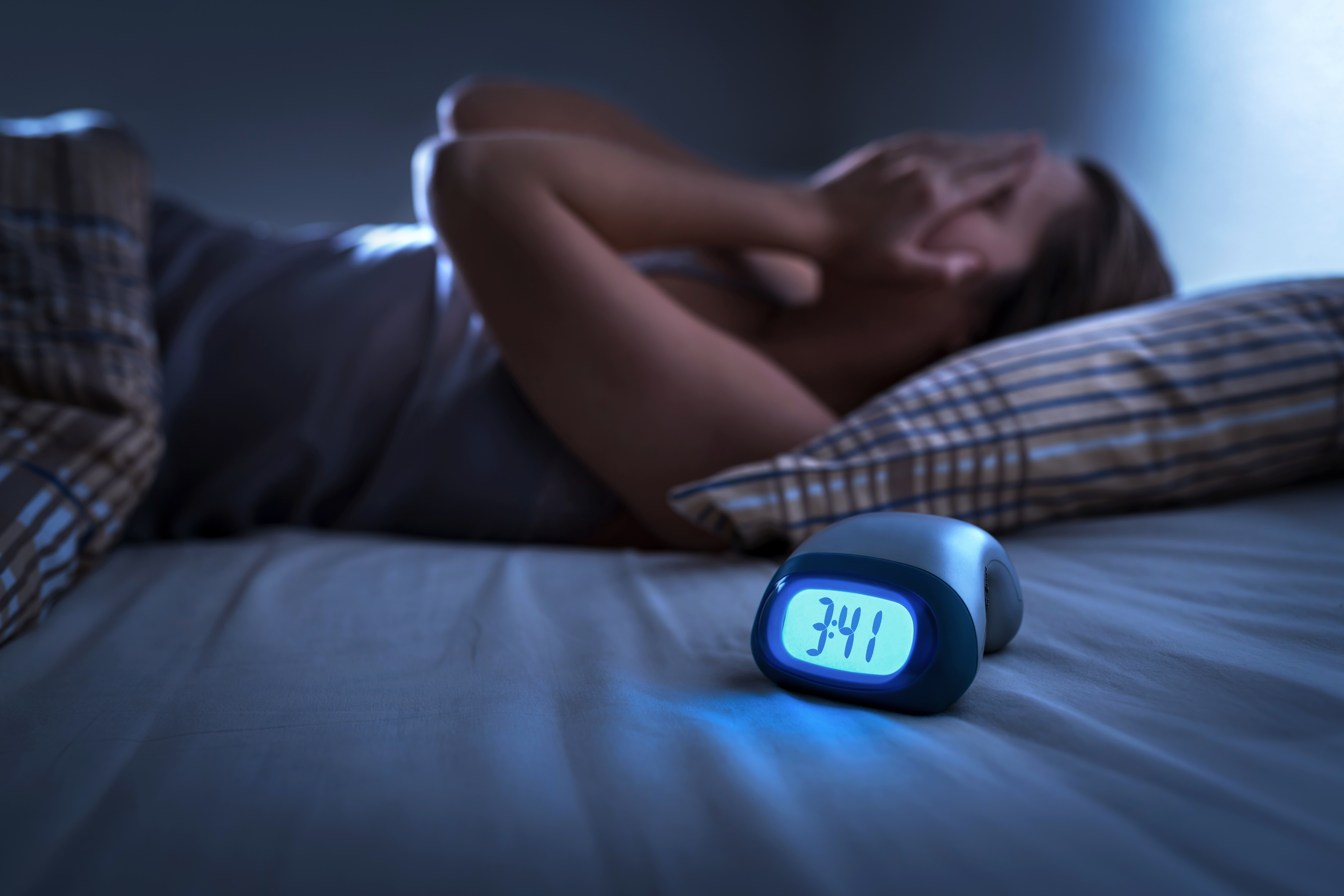What Does Xanax Withdrawal Look Like?

Xanax is the most commonly-prescribed psychiatric medication in the country, with millions of patients receiving prescriptions for Xanax every year. Xanax is a benzodiazepine, a category of drugs used to treat anxiety, chronic stress and panic attacks.
It’s common for patients prescribed Xanax to quickly become addicted, as they develop a tolerance, meaning they need to keep upping the dose to achieve the same relief. Anxiety can actually worsen when people who abuse Xanax cannot adhere to a regular schedule and start to go through withdrawal.
How does Xanax addiction happen?
Typically, someone will become addicted to Xanax as their body grows in tolerance. The originally prescribed dose no longer has the same relaxing effects on the patient’s body, so they require more medication to achieve those same effects.
Xanax is a depressant of the central nervous system, so its effects include slowing down the heart rate, blood pressure and reducing body temperature in order to lessen panic, anxiety and stress. As the body begins to rely on the medication to have these effects, it ceases to perform these functions naturally on its own, resulting in unpleasant withdrawal once medication stops.
Xanax withdrawal symptoms
What Xanax withdrawal feels like depends on each person. Certain factors, such as how long one was using the drug, whether they had a co-occurring mental disorder and if it was being taken in conjunction with other medications, will determine the length and severity of the withdrawal symptoms.
Additionally, Xanax is known to have rebound effects, meaning the condition it was prescribed to treat is likely to manifest during withdrawal. For example, if you were prescribed Xanax to ease anxiety, it’s likely you will feel a return of that anxiety during withdrawal. For this reason, it’s important to consider the benefits of an inpatient detox program to help manage withdrawal.
A number of withdrawal symptoms can be expected during withdrawal from Xanax, including psychological symptoms such as:
- Difficulty focusing
- Disconnection from reality
- Depression
- Anxiety
- Panic attacks
- Restlessness
- Hallucinations
- Delirium
Additional physical symptoms are also likely, including:
- Headaches
- Insomnia
- Dizziness
- Muscle pain
- Seizures
- Loss of appetite
- Diarrhea, nausea and vomiting
- Hyperventilation
- Sweating
These symptoms can be painful and disorienting, but with the right medical help, can be managed efficiently.
How long does withdrawal last?
For those who have been using Xanax for longer periods of time, or who have grown to tolerate an extremely high dose, it may take longer to detox than for someone who’s only been using for a couple of months.
Typically, the onset of symptoms will occur within 8 to 12 hours after the last dose, with the most common symptoms during this time being headaches, anxiety and insomnia.
During days one through four, seizure risk is quite high, with nausea, vomiting and diarrhea presenting in addition to worsened insomnia. Anxiety is also likely to rebound, meaning those who took Xanax to help treat anxiety will feel the condition worsen.
After the fifth day passes, seizure risk lessens; anxiety and insomnia remain, but the headaches begin to go away at this stage. This gives rise to GI discomfort which can last for several months.
After approximately two weeks, the most intense part of withdrawal is concluded. Symptoms including stomach upset and mood fluctuations may remain for many weeks, or months, as the brain resets back to its normal way of functioning.
Protracted withdrawal from Xanax
While most symptoms from withdrawal are nearly gone after a few months, Xanax does affect approximately 10-25 percent of people with a condition called protracted withdrawal. Protracted withdrawal is an extended withdrawal (lasting up to a year) when periods of psychological symptoms can continue to be experienced to a mild degree.
Medical detox and treatment for Xanax addiction
Because Xanax withdrawal often means the return of whatever condition it was prescribed to treat, including panic attacks and anxiety, it is most advisable to detox from Xanax under the supervision of a medical doctor.
With the right treatment plan, such as medication-assisted treatment, you can undergo Xanax withdrawal safely and with less pain and discomfort than might be experienced should you choose to detox on your own.
If you’d like to learn more about addiction treatment for Xanax, medication-assisted treatment or any of our therapy programs, contact us at Silver Ridge Recovery anytime by calling our offices at 855-945-7788.









